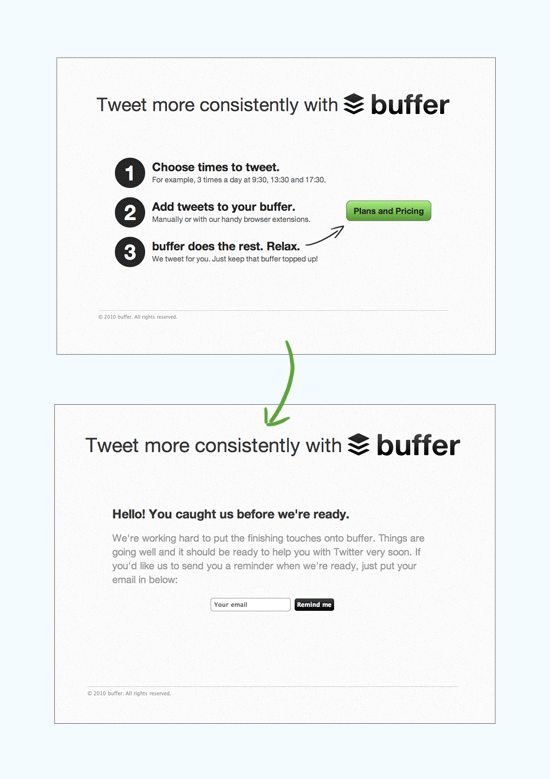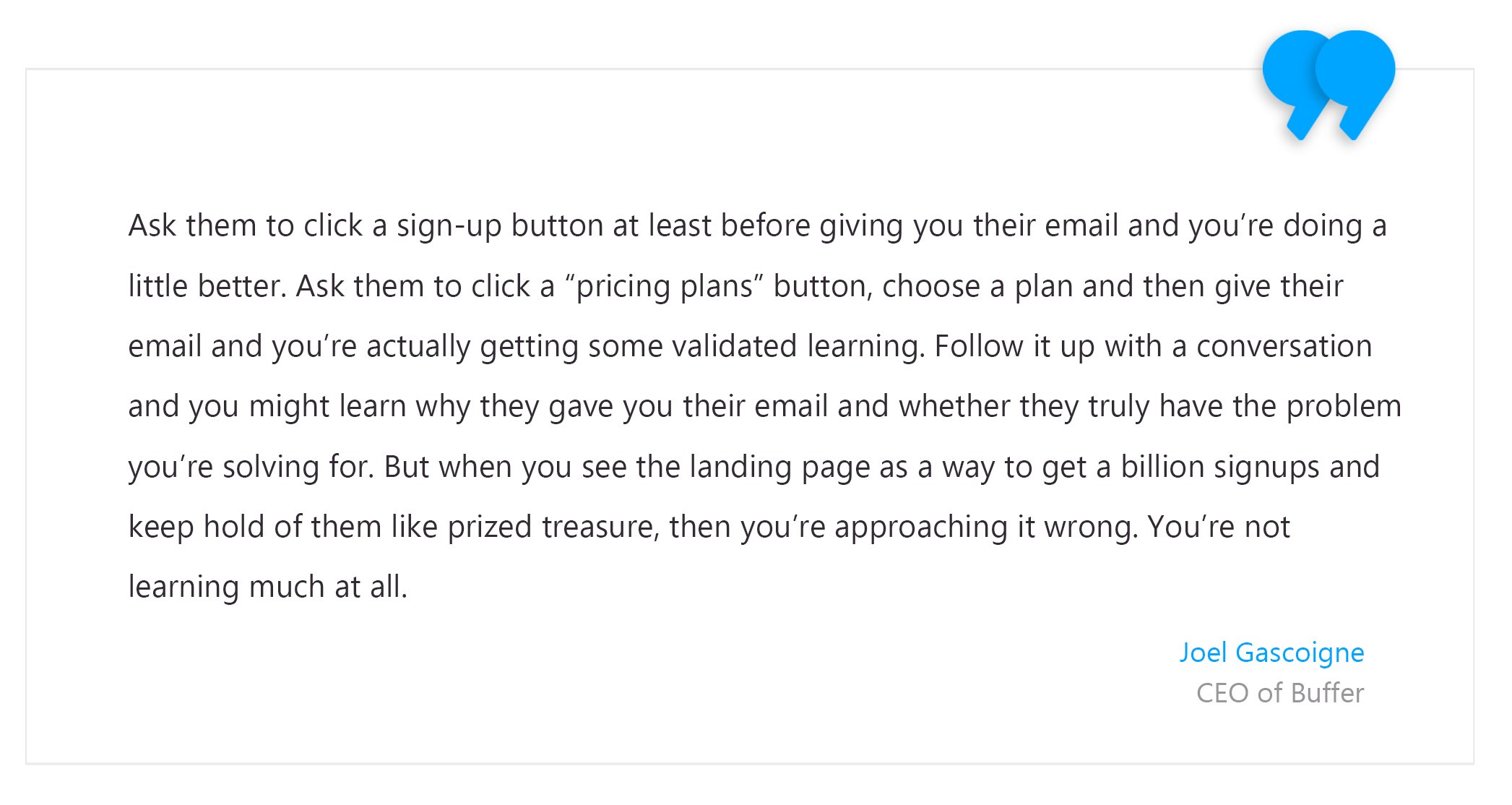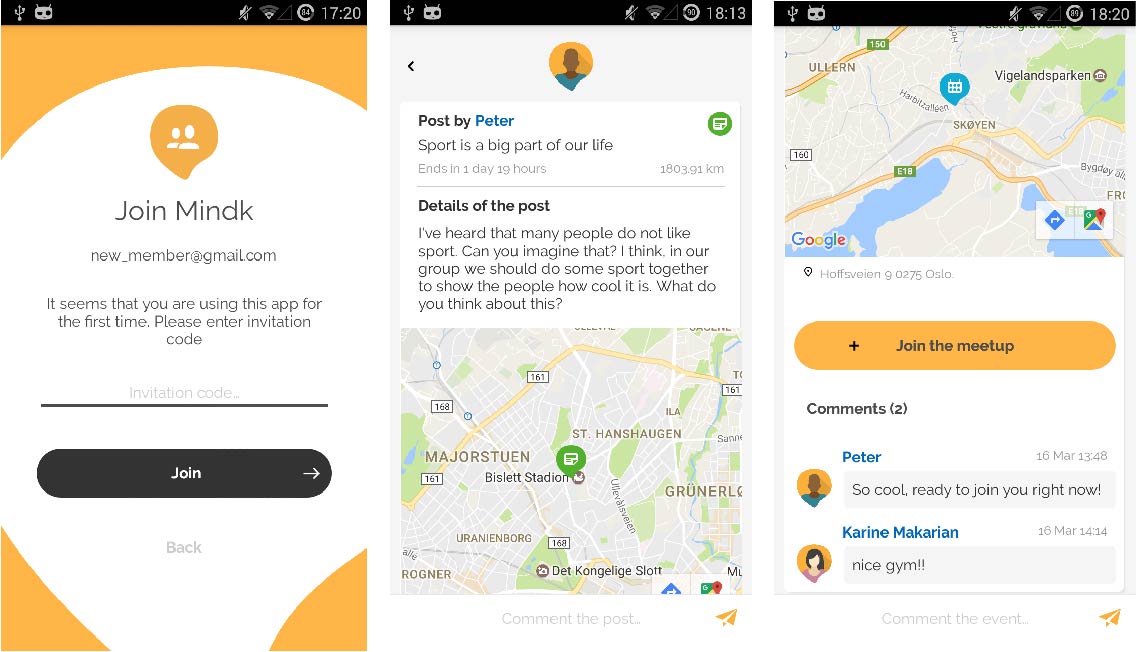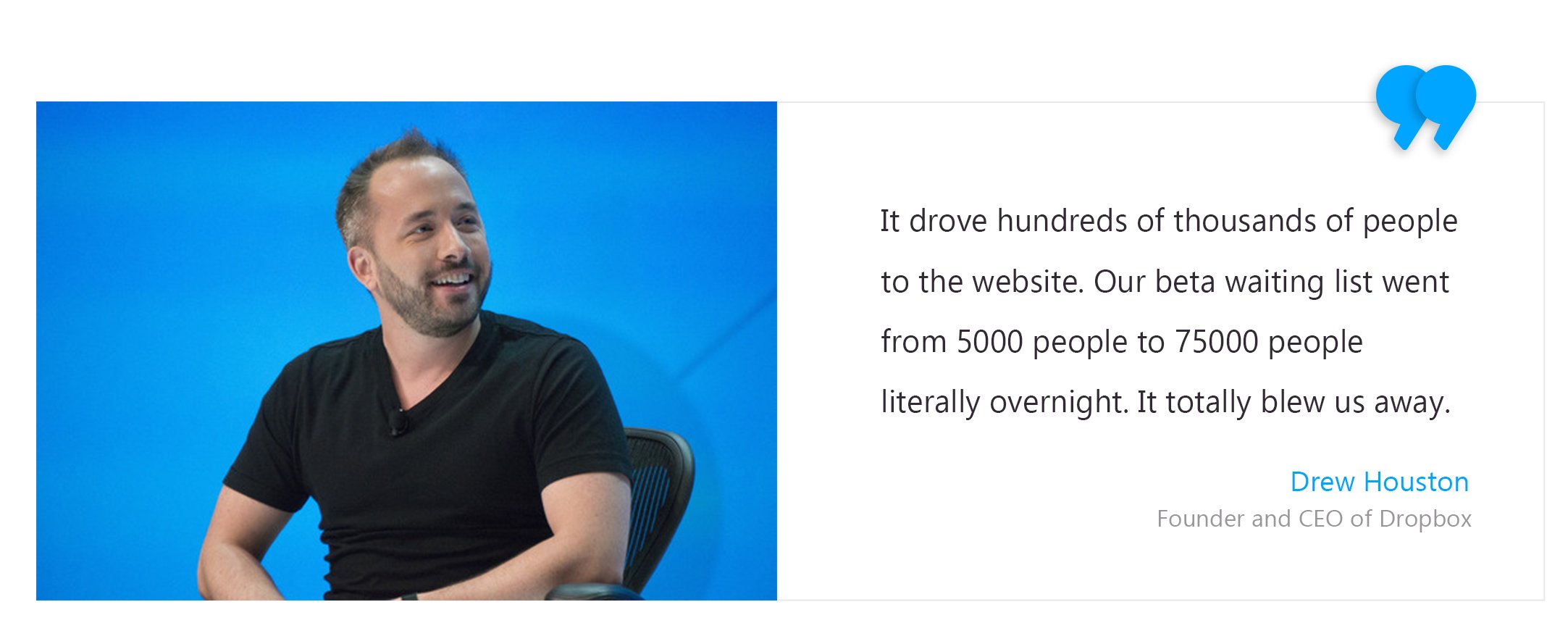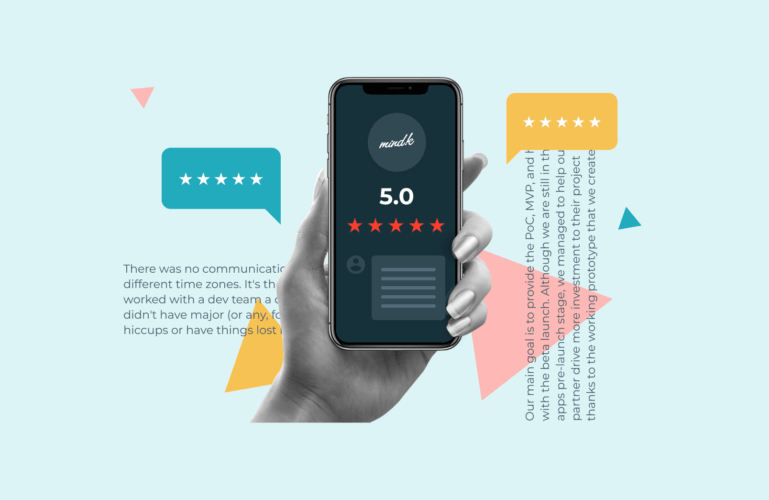Most business ideas sound good and look fresh in our heads, while a good many of them die after falling into customer hands. Since entering the market with a new product is almost walking the edge, market validation under real-life conditions is crucial before launching.
Although risk has become a synonym to entrepreneurship, accepting the risk to spend time, money and energy creating a product that people don’t need is a path to failure.
In this article, we will overview the best practices for validating business ideas without spending a fortune and as a result, building a better solution.
Let’s quickly sort out what validation actually is and why you should not ignore it.
Market validation: an approach that makes sense
The reality is that the success of each business idea depends on the value provided to stakeholders. This value relies upon market validation (customer interest) and growth opportunities (business interest). In fact, if the product fails on the market, nobody, including customers, founders, co-founders or investors, benefit from the gamble.
Thus,
Market validation is testing your idea within real market conditions before releasing the product or service.
What differentiates the idea validation process from market research is this:
A result of successful idea testing may be a number of pre-orders or subscribers ready to pay for the upcoming minimum viable product (MVP).
Let’s take an example.
Dropbox had more than 75 thousand subscribers for their beta version before product launch by means of an explanatory video.
So, the main reasons why you should not underestimate the business validation phase are:
- Going beyond a guess. Assumptions may turn out to be wrong. Idea validation allows checking the essential hypotheses and assumptions ASAP.
- Getting in touch with end users. Keep in mind that the users are the nerve center of your business. Reach out to them and they’ll tell you what they actually need and whether they are ready to pay for your solution.
- Improving your idea. When you validate business ideas and gather customer feedback, you are able to pivot and polish up your business strategy before investing resources.
Now, it’s time when the question “how to test a business idea” may appear in your mind.
Read on to decide which validation approach is best for your particular case.
Power of Landing Pages
A landing page is a standalone web page created for a specific marketing goal. It is a plain website with a short description of a product and a “buy”/“subscribe” button.
In any case, you create a landing page without a ready product or operational service, inform your clients of its upcoming launch.
Note: Don’t judge future startup success by the number of e-mail signups. It may not indicate actual demand, as it is easy for people to say that they like your idea and give you their e-mails.
Instead,
It is exactly what Joel Gascoigne did when validating his startup idea, Buffer, with a landing page.
He created a landing page with a clear explanation of how Buffer works.
Сlients who wanted to signup click to view the pricing, then signup to a certain plan.
As a result, Joel received many click-throughs to the free plan and a smaller number of clicks on the paid plans.
Source: Webfx
This was the way the Buffer founder validated both the target audience interest and his pricing plan:
Here what’s good about landing pages:
- They are easy and fast to create.
- You don’t need to have a finished product or service to launch landing pages.
- You can use a number of different landing pages simultaneously to test your offer or pricing model and see which performs better.
- The world discovers your product before it was born: with a good copy on your landing page, you can provide potential customers with an explanation of what unique value proposition your product delivers and make people want more.
Magic of Wizard of Oz Testing
This market validation approach simulates the behavior of a new product, service or device.
It gives the customer an impression of using a fully-functional application when it’s still under development and most of the operations are done manually.
The brilliant example of a Wizard of Oz is Zappos.
Nick Swinmurn created an online shop proposing a variety of shoes. In reality, he had no warehouse and no shoes. He took pictures of shoes at nearby stores and posted them on the Internet. When a customer made an order, Nick bought them from a local shoe shop and sent them himself.
All this was aimed to understand whether customers were ready to buy shoes without trying them on.
Groupon, by the way, initially used a WordPress blog and Excel spreadsheet to list down the companies who were interested in selling coupons and then manually matched them with buyers.
All this worked without any application and no advanced technology whatsoever.
And this is what the magic of Wizard of OZ testing all about 😉
The advantages of Wizard of Oz approach to market validation are:
- It is a cheap option to simulate a fully-functioning system. Especially useful if your business is young and lacks investment.
- It allows identification, to draw on tested customer journeys and get a clear vision of the way the future solution should behave.
- It enables receipt of real feedback from actual customers using your product or service as if it was finished.
The main disadvantage of this type of market validation is the need to have and organize a bunch of people behind the curtain to do all the routine tasks manually.
Value of Prototyping
A prototype is a so-called product simulation which is aimed to bring the customers through a set of main product features.
It may involve either numerous pen and paper mockups or a version allowing stakeholders to click through and comment on the UX. It is a great deal more straightforward to attract an audience by presenting something people can see or even interact with.
Here is an example of the prototype created by MindK for Juvo, a mobile app for safe communications in local groups:
The launched Juvo application looks like the following:
As you can see, a prototype has no need to look drop-dead gorgeous, as it is intended to validate whether the solution provides a clear user journey in an attractive manner.
It does not represent a functional app and does not work with real data.
The most significant benefit of the prototype relates to risk reduction. You can make quick decisions by means of customer-centered lesson learned.
The sooner you “fail” the faster you learn, the higher the chance for success.
Source: Steveforbes.com.au
While the Wizard of OZ and landing page approaches focus on market validation, creating a prototype is a more complex approach.
A quality prototype can kill three(!) birds with one stone:
- Validation of market need: by asking 5-10 people to be test subjects and give you feedback about the prototype. Ideally, look for the people from your target audience – they should have a problem your product solves (or need a service it provides).
- Validation of a business need or visualizing the concept to build stakeholder approval and engagement. Instead of thousand words, prototype would be a great tool to show investors and stakeholders how your product will actually work and how its core features will solve user problems. It will help all decision makers to be on the same page.
- Helping the product development team. Dammed up inside developers, designer and product owners’ heads are creative waterfalls of ideas, technologies and animations. Prototypes take team communication to the next level, by ‘showing’ instead of ‘telling’.
Effect of explanatory video
Another method of market validation is an explanatory video. To test whether your idea is valuable to your target audience, information about what your solution does and how it works to solve problems should be explained in a crystal-clear way.
Sometimes it is impossible to demonstrate the working solution in the form of a prototype or ‘Wizard of Oz’.
This was precisely what happened with Dropbox.
Drew Houston, the founder of Dropbox, created a three-minute video explaining the main idea of the product that did not yet exist and showed how it was supposed to work.
Here is what Drew said about the result:
The core advantage is the ability to demonstrate all the capabilities of a product clearly in just a few minutes, which is MUCH cheaper than starting the development process.
All these examples demonstrate that before turning your product idea to life you should test out your market and ensure they need and like the product you’re about to bring.
Wrapping Up
When you come up with an inspiring business idea, do not ignore the market validation phase. In the case that customers are ready to pay for your solution, you can consider your idea valid.
Keep in mind that idea validation should not turn into procrastination. It helps you understand the market better and study up on overcoming challenges, avoid costly mistakes and save your time and money.
So choose the method that suits your business best, get priceless insights about your clients and be ready to build a successful MVP first and an award-winning product at long last.
MindK has already helped a number of businesses to validate their ideas in the market and build them into demanded products. Contact us and we will be happy to help with validating concept at an early stage and analyze possible risks before you spend months building the wrong product.
Have you used another method for market validation that worked well for you? Share it in the comments!
